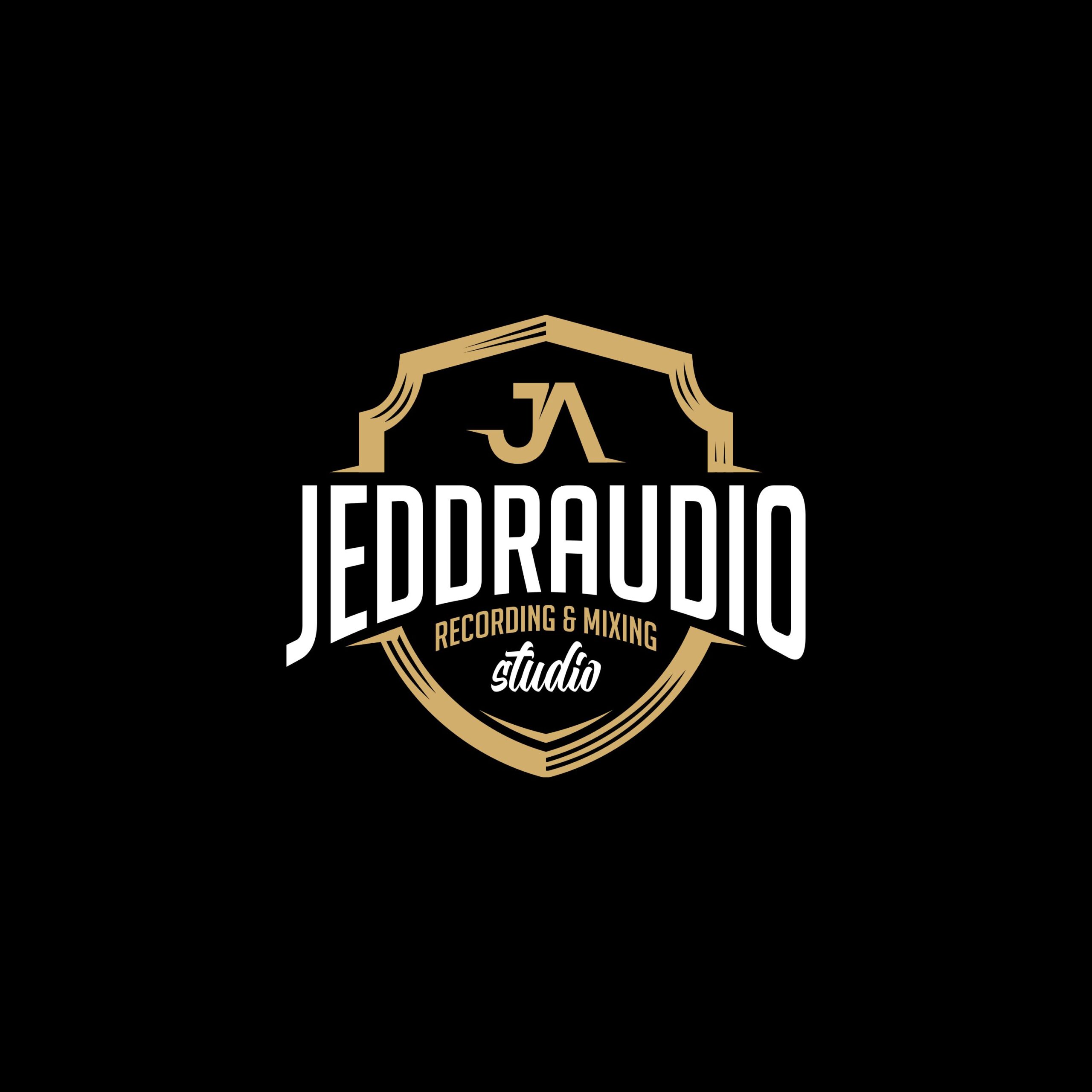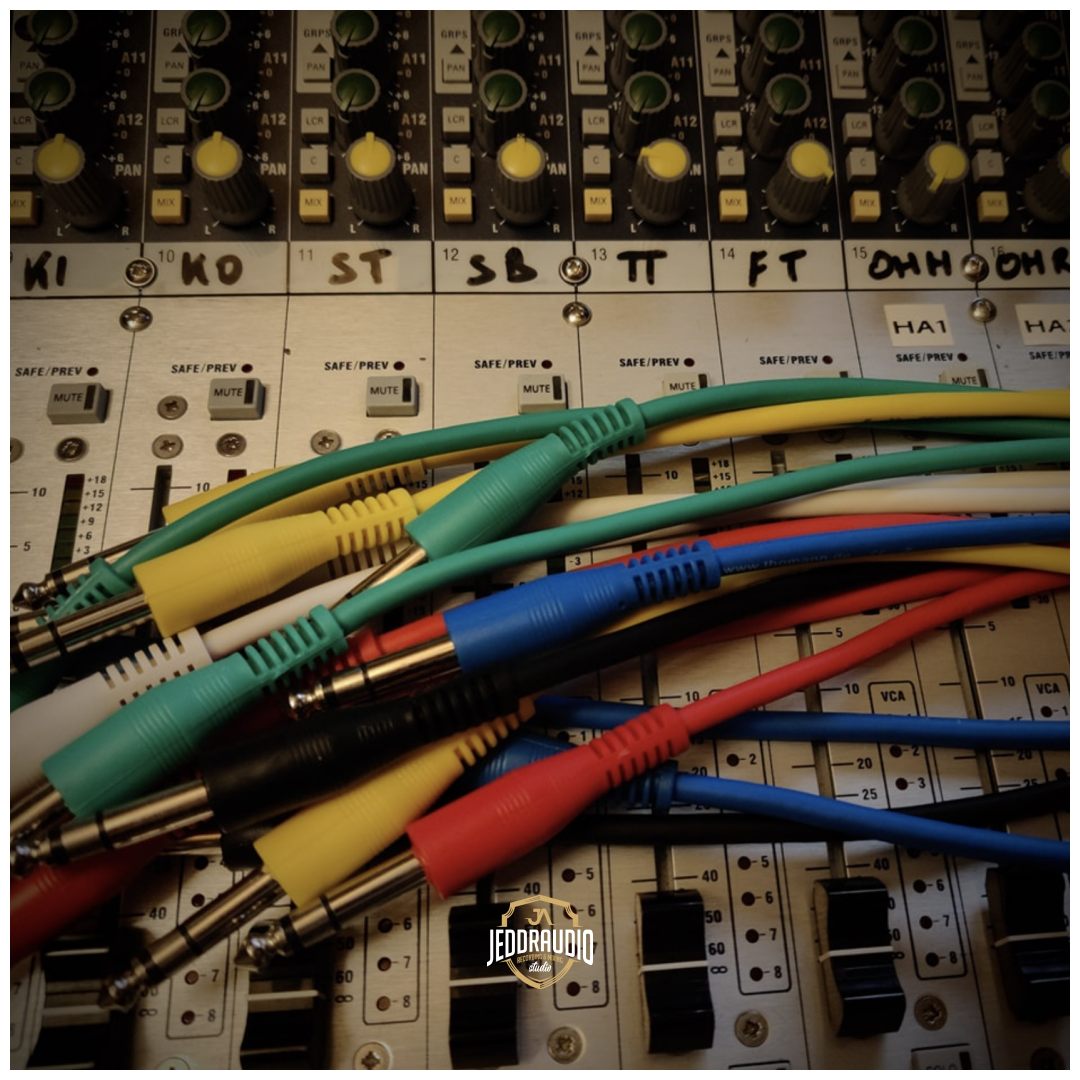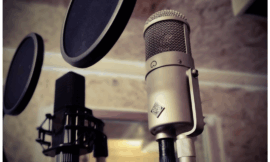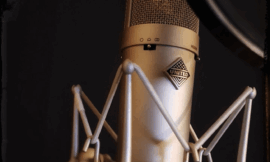Welcome back to our series on home recording for musicians. In this post, we’ll provide you with tips and techniques for recording keyboards and synthesizers at home, keeping things simple and effective. The goal is to achieve a quality recording that can be professionally mixed at Jeddraudio Recording Studio.
Best Practices for Recording Keyboards and Synthesizers at Home
Direct Connection
Recording your keyboard or synthesizer directly into your audio interface is a straightforward and effective method for capturing a clean and uncolored sound.
- MIDI Connection: If your keyboard or synthesizer has MIDI capabilities, connect it to your audio interface using a MIDI cable. This allows you to record MIDI data, which can be easily edited and quantized in your digital audio workstation (DAW).
- Audio Connection: If your keyboard or synthesizer does not have MIDI capabilities, connect it to your audio interface using audio cables. Use high-quality cables to ensure a clean and noise-free signal.
- Check Levels: Set the input level on your audio interface to ensure a strong and clean signal without clipping.
Sound Selection
Choosing the right sounds is crucial for achieving a great recording.
- Select Appropriate Sounds: Choose sounds that fit well in a mix and avoid overly complex patches that may clutter the recording. Focus on sounds that complement the other instruments and elements in your track.
- Layer Sounds: Experiment with layering different sounds to create a unique and interesting texture. This can help to add depth and dimension to your recording.
- Use Effects Sparingly: While it may be tempting to use a lot of effects, it’s best to keep them to a minimum during the recording process. This allows the mixing engineer at Jeddraudio Recording Studio to have more flexibility and control during the mixing stage.
Quantization
Quantization is a process that corrects the timing of MIDI notes, ensuring that they are in sync with the grid and the rest of the tracks.
- Record MIDI Data: If you’re recording MIDI data, use the quantization feature in your DAW to correct the timing of your notes. This helps to achieve a tight and professional sound.
- Adjust Quantization Settings: Experiment with different quantization settings to find the right balance between a tight and natural-sounding performance. Avoid over-quantizing, as this can result in a stiff and unnatural sound.
- Manual Editing: In addition to quantization, use manual editing to fine-tune the timing and dynamics of your MIDI notes. This allows you to achieve a more expressive and nuanced performance.
Conclusion
Recording keyboards and synthesizers at home can be a simple and rewarding process. By using direct connection methods, selecting appropriate sounds, and utilizing quantization and manual editing, you can achieve a great sound that is ready for professional mixing. Keep things simple, focus on your performance, and follow these best practices to create high-quality keyboard and synthesizer tracks at home.
Stay tuned for the next post in our series, where we’ll explore the basics of home recording and the essential equipment you need to get started.





